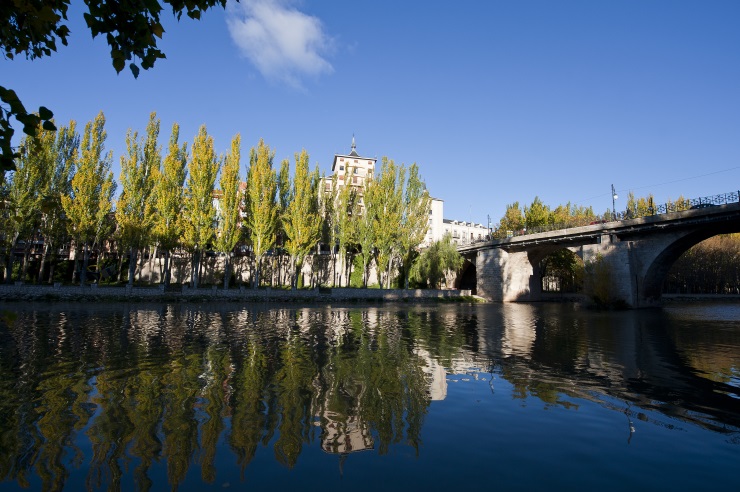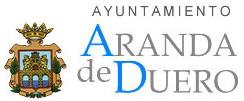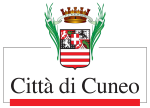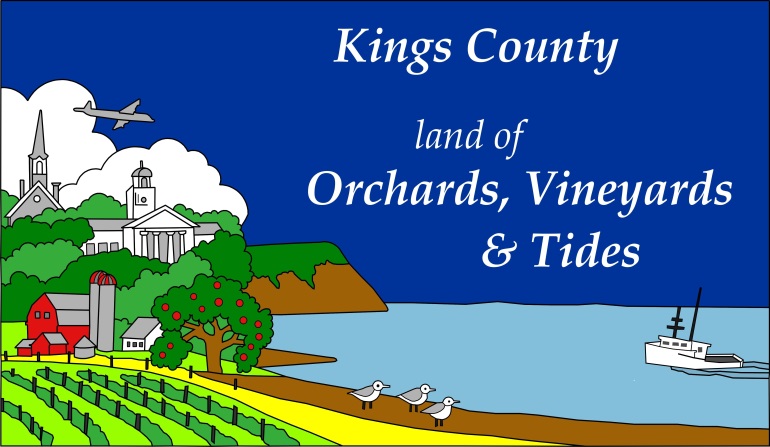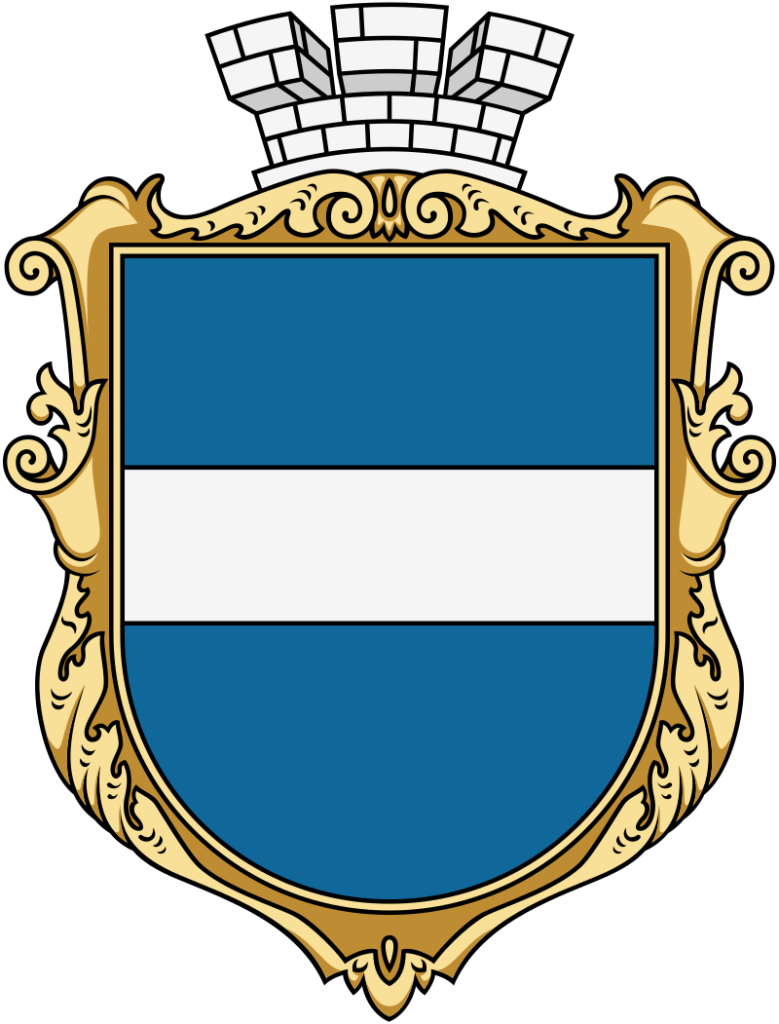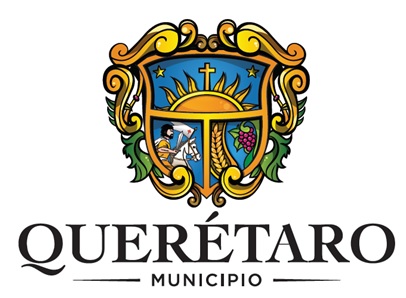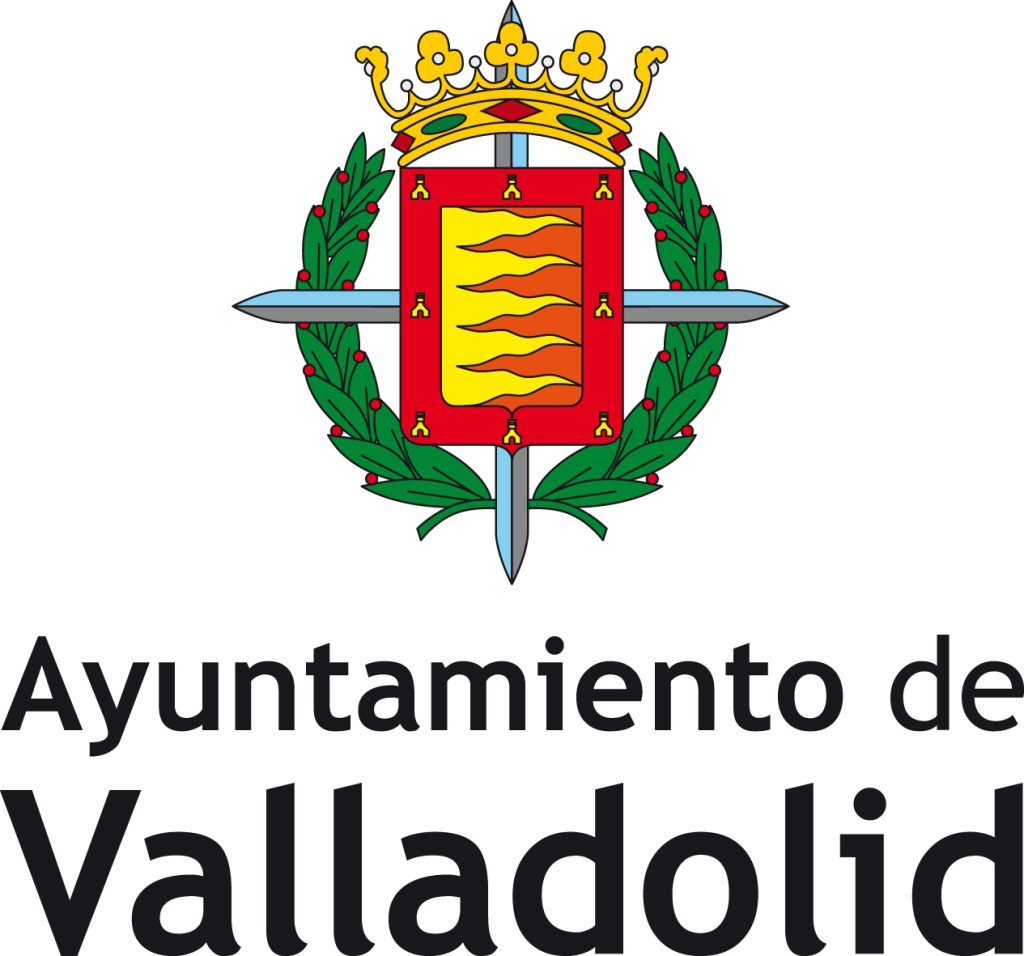Aranda de Duero lies on the banks of the Duero river, 80km south of Burgos and 160km north of Madrid. The town is located at the junction of two important highway axes crossing Spain.
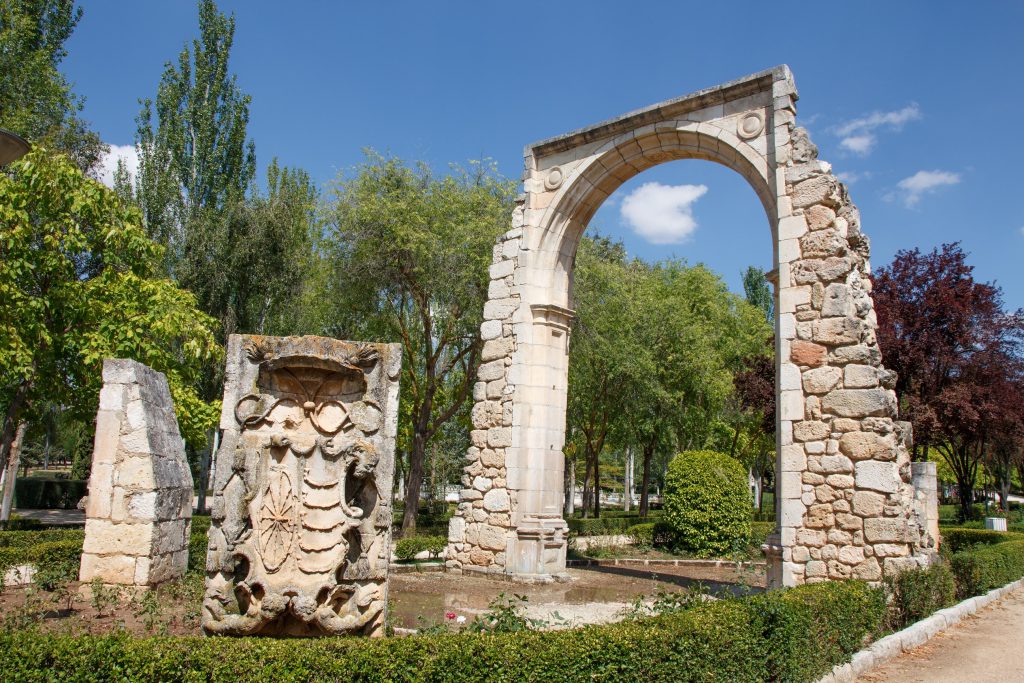
Aranda de Duero is a business center and also an industrial town the historical district of which upholds the wonders of the past. Several monuments stem from Aranda de Duero's rich architectural heritage, such as the 15th century Isabelline-Gothic church of Santa María, the church of San Juan Bautista, the Berdugo Palace, the Jurisdictional Roll, the Virgen de las Viñas sanctuary, and the Romanesque bridge.
Thanks to its privileged location Aranda de Duero is the capital of the Ribera del Duero Wine Region, since its climate favors the production of grape. The village has over 5km of wine cellars galleries (an urban link with the 15th century), interconnected below the streets of the city center. Aranda de Duero is a town renowned for its wine and varied gastronomy.
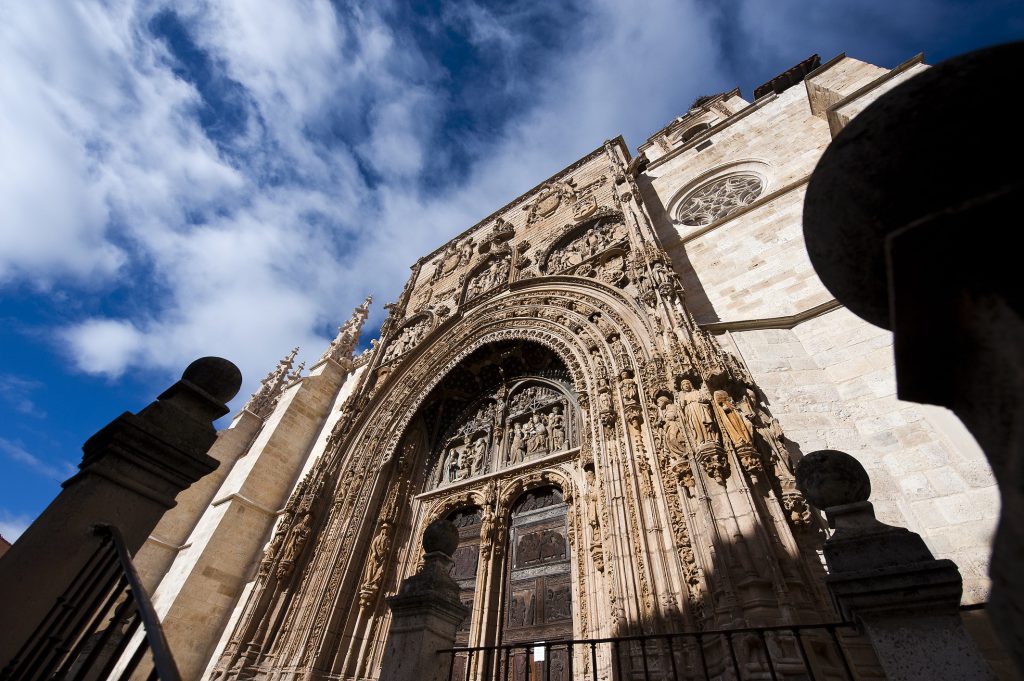
Aranda de Duero also welcomes a Michelin manufacturing site, which grants the city its place in the International Network of Michelin Cities.
